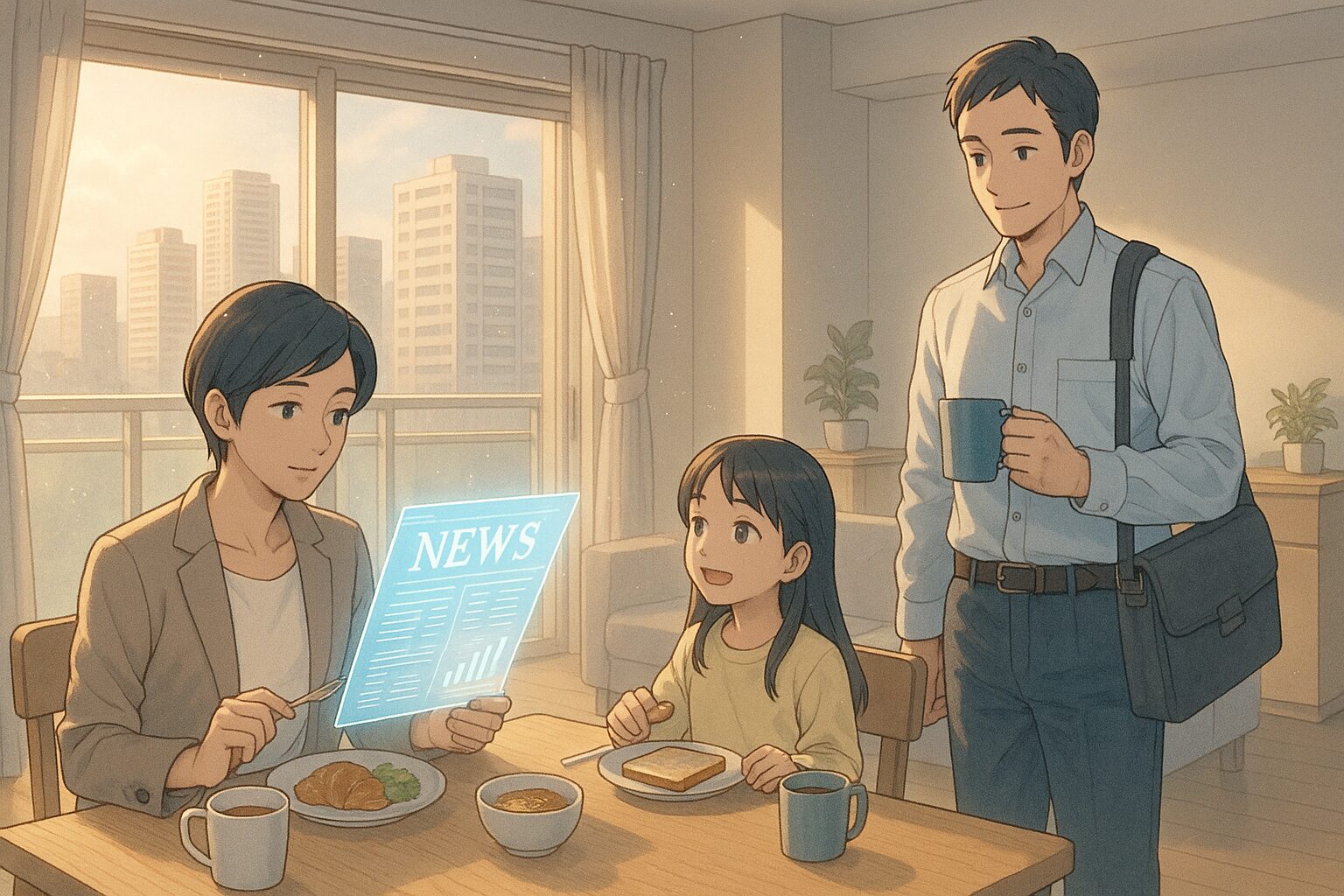Thinking about Future Dining from ‘Medium-Sized Lobster’
When ordering a “medium-sized lobster” from a restaurant menu, what actually arrives is surprisingly large. If this symbolizes modern food culture and supply, what will future dining look like?
Today’s News: What is Happening?
Source:
https://www.metafilter.com/209417/Seymour-Britchky
Summary:
- The lobster labeled as “medium-sized” on restaurant menus is very large.
- This menu labeling suggests a mismatch between consumer expectations and the actual offerings.
- It appears that consumer satisfaction is influenced by how the menu expresses items.
Changes Behind the Times
1. Adult Perspective
In the food industry, how products are presented and described significantly affects consumer choices. This is part of marketing strategy, and consumers are often unconsciously influenced by it. Therefore, in order to gain trust, a demand for transparency has arisen in this era.
2. Child Perspective
It is important for us (children) to know where our food comes from and how it is chosen. For example, understanding what the words on a menu actually represent fosters our ability to choose food.
3. Parent Perspective
As parents, it is crucial to teach children how to discern accurate information when guiding them in making food choices. Instead of waiting for society to change, cultivating the habit of verifying information leads to better food education for children.
What Will Happen if This Continues?
Hypothesis 1 (Neutral): A Future Where ‘Medium’ Becomes the Norm
If ambiguous menu labeling continues, consumers will gradually feel that larger items are ‘normal’. The standard size of food will change, leading consumers to reassess their criteria for food selection. As a result, food culture itself may change, and the value of prioritizing quality over quantity may be reevaluated.
Hypothesis 2 (Optimistic): A Future with Enhanced Transparency
In response to consumer demands, the food industry will come to prioritize transparency. Menus will start to include detailed information, allowing consumers to make smarter choices. This will emphasize food safety and health, leading to a sustainable food culture.
Hypothesis 3 (Pessimistic): A Future Where Food Diversity is Lost
If consumers continue to demand larger sizes, only certain foods may survive, reducing food diversity. If this trend continues, traditional ingredients and cooking methods may be lost, and the richness of food culture could diminish.
Questions for Family Discussion (Tips for Parent-Child Dialogue)
-
Example Question: If you wanted to verify if the words on the menu are true, what methods could you use?
Goal: Media literacy and critical thinking -
Example Question: What foods would you like to enjoy in future meals?
Goal: Imagination and learning design -
Example Question: What do you think you can learn by researching where food comes from?
Goal: Considerations for social participation and sustainability
Conclusion: Prepare for the Next 10 Years to Make Choices Today
How food culture evolves depends on our choices. What kind of future dining table have you envisioned? Please share it on social media.


